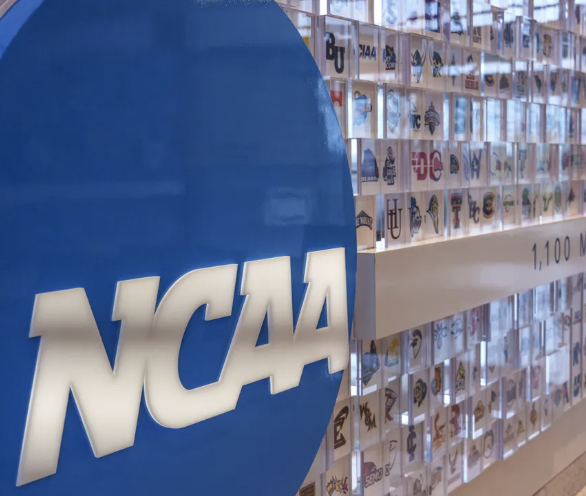November 19 – There was a time, not so long ago, that National Collegiate Athletic Association (NCAA) College Soccer was the pathway to the professional game, and Major League Soccer stardom. However, with the rise of academies in the US, the pathway has stalled, and the relevance of the college game has faded.
That could soon change if college coaches get their way.
A high-powered group of coaches are proposing a full-time season across the fall and spring semesters, with the College Cup moved from December to early June. The proposals would revamp what is currently a very unbalanced schedule in college soccer.
Currently, the top teams play more than 20 games in the space of four months in the fall, including regular season matches, conference championships, and the NCAA Tournament. The spring season is then made up of exhibition games that are often played at a low intensity.
That scheduling is combined with NCAA regulations that state student-athletes must only participate in countable athletically-related activities for a maximum of 20 hours per week. In the offseason, that is reduced to eight hours, with just two hours a week devoted to time on the ball.
“The sport has evolved so much in this country,” West Virginia men’s head coach Marlon LeBlanc said. “For us to only be allowing kids two hours a week of instruction on the ball is crazy.”
This shift is likely to happen in 2025-26 or 2026-27, however, the smart money is on the 2026-27 season to align with the likely shift of MLS/MLSNP (and probably USL too) to the European calendar at that point.
To aid the transition it is believed that the US Soccer Federation will collaborate with the NCAA to facilitate a smooth transition. The top 40-50 programs in college soccer are lining up their ducks in a row to go to the NCAA and ask them to cooperate in this new venture.
It has been clear for some time that the NCAA is losing the battle in amateurism, and their once all-powerful leverage is waning. With the advent of NIL (name, image, and likeness), the ability for college athletes to earn substantial amounts of money, particularly in American football and basketball, has levelled the playing field in terms of balance and power.
With many college programs experiencing drastic budget cuts, the road to semi-professionalism could conceivably save college soccer and return it as a legitimate pathway to the pros.
This proposal has been discussed over the last few years and almost became part of the calendar prior to the 2019 season, however, the Covid-19 pandemic delayed the process.
Contact the writer of this story, Nick Webster, at moc.l1751731424labto1751731424ofdlr1751731424owedi1751731424sni@o1751731424fni1751731424

